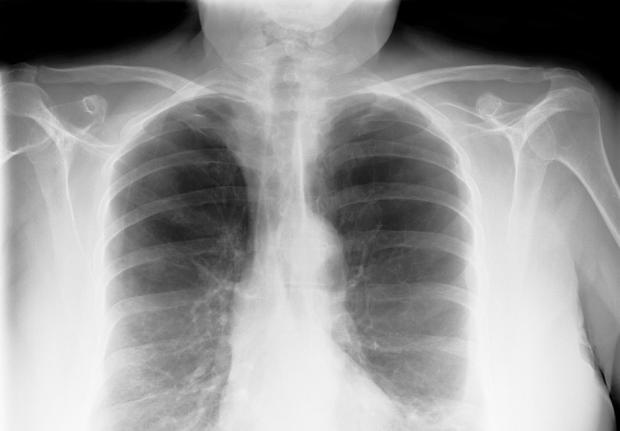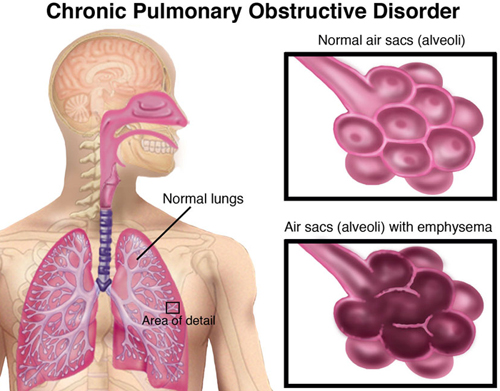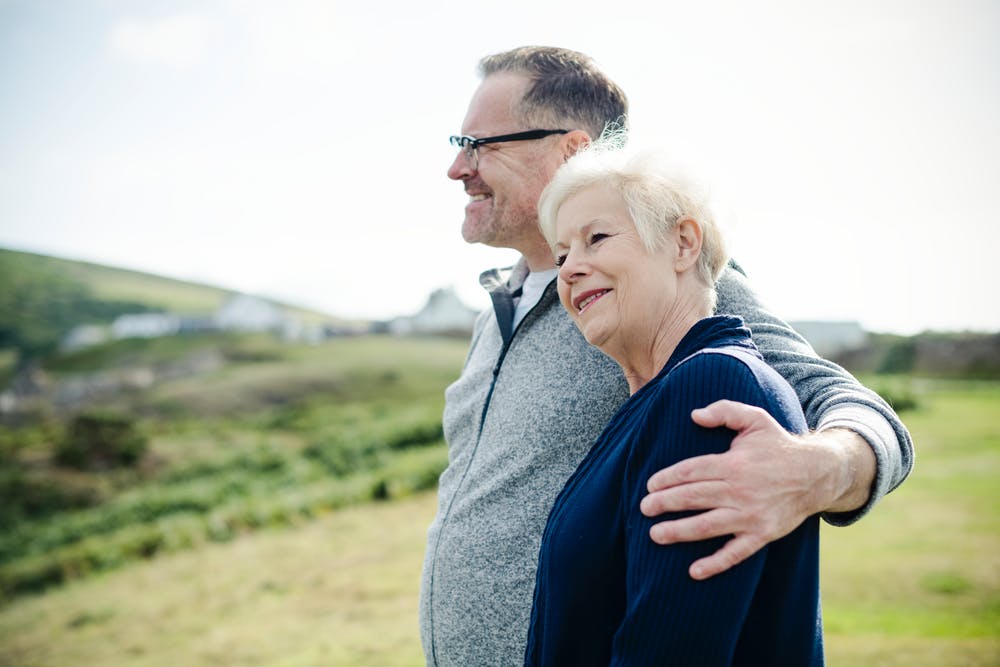nalco group
bone, muscle & joint pain physio
BOOK NOW / WHATSAPP ABOUT YOUR PAIN OR INJURY
- ORCHARD 400 Orchard Road #12-12 Singapore 238875
- TAMPINES 9 Tampines Grande #01-20 Singapore 528735
- SERANGOON 265 Serangoon Central Drive #04-269 Singapore 550265
Home > Blog > Physiotherapy > Conditions > Chronic Obstructive Pulmonary Disease (COPD) Physiotherapy
Chronic Obstructive Pulmonary Disease (COPD) Physiotherapy

Chronic obstructive pulmonary disease (COPD) causes breathing difficulty and leads to other systemic problems and is the tenth most prevalent disease in the world.
It's estimated that by 2050, COPD will be the fifth leading cause of death in the world ie 1 in 5 individuals will die from COPD world-wide by year 2050.
Although COPD used to be more common among men, it now affects women nearly as equally in developed countries.
Our senior physiotherapists can work with your pulmonary rehabilitation team or with you individually to help improve:
- Your exercise capacity
- Your overall strength
- Your health and quality of life
What Is Chronic Obstructive Pulmonary Disease (COPD)?
In chronic obstructive pulmonary disease, the airways in your lung lose their normal shape and elasticity, and can become inflamed.
The result is that the airways are less efficient at moving air in and out of your lungs.
Main risk factors for developing COPD include:
- Smoking
- Inhaling toxic substances
- Indoor and outdoor pollutants
- Genetic/environment interactions
- Respiratory insult to the developing lungs during prenatal or early childhood stages of life
Current research indicates that COPD is no longer considered a “smoker’s” or “older person’s” disease.
The most common types of COPD are
- Chronic bronchitis—a chronic inflammation of the
medium-size airways, or "bronchi" in the lungs, causing a persistent
cough that produces sputum (phlegm) and mucus for at least 3 months per
year, in 2 consecutive years.
- Emphysema—a condition in which small air sacs in the lungs called "alveoli" are damaged. The body has difficulty getting all of the oxygen it needs, resulting in shortness of breath ("dyspnea") and a chronic cough.
In addition to causing breathing difficulty, COPD results in cough, sputum production, and other symptoms. The disease can affect the whole body and lead to:
- Weakness in the arms and legs
- Balance problems and increased risk of falls
- Nutritional problems (weight loss or gain)
People with COPD are likely to have other health problems that can occur at the same time or be related to COPD, such as:
- Reduced blood supply to the heart (ischemic heart disease)
- High blood pressure (hypertension)
- Depression
- Lung cancer
- Osteoporosis
- Diabetes
- Congestive heart failure
- Coronary artery disease
- Atrial fibrillation
- Asthma
Progressively over time, chronic obstructive pulmonary disease (COPD) leads to a progressive decline in physical function because of
- increased shortness of breath (dyspnea) and
- loss of muscle strength
There are 4 stages of COPD—mild, moderate, severe, and very severe—based on measurements of the amount or flow of air as you inhale and exhale. People with COPD may need to take medications, or may require supplemental oxygen.

how our senior physiotherapists can help you
We will perform an evaluation that includes:
- A review of your history, including smoking history, exposure to toxic chemicals or dust, your medical history, and any hospitalizations related to your breathing problems
- A review of your medications
- Assessment of what makes your symptoms worse, and what relieves them
- Review of lung function test results that may have been performed by your physician
- Muscle strength tests of your arms, legs, and core
- Walk tests to measure your exercise capacity
- Tests of your balance and your risk of falling
Pulmonary rehabilitation, including exercise training for at least 4 weeks, has been shown to
- improve shortness of breath
- improve quality of life and
- provide strategies for coping with COPD
Our senior physiotherapists will serve as an important member of your health care team, and will work closely with you to design a program that takes into account your goals for treatment.
Our overall goal is to help you continue to do your roles in the home, at work, and in the community.
Improve Your Ability to Be Physically Active

We will design special exercises that train the muscles you use in walking and the muscles of your arms, so you can increase your aerobic capacity and reduce your shortness of breath.
You may also use equipment, such as a
- recumbent bike
- treadmill or
- recumbent stepper
to improve cardiovascular endurance.
Research has shown that strength training in people with moderate to severe COPD increases muscle mass and overall strength.
We will provide strengthening exercises for your arms and legs using resistance bands, weights, and weighted medicine balls
Improve Your Breathing During Activity
People with COPD often have shortness of breath and reduced strength in their "inspiratory muscles" (the muscles used to breathe in).
We can help you with inspiratory muscle training, which has been shown to help reduce shortness of breath and increase exercise capacity.
We also can instruct you in pursed lip and diaphragmatic breathing, which can help make each breath more efficient, and helps to reduce shortness of breath during your physical activities.
Improve Your Balance
The decrease in function and mobility that occurs with individuals who have COPD can cause balance problems and risk of falls. People who require supplemental oxygen can be at a greater risk of falls.
If balance testing indicates that you are at risk for falling, we can help by designing exercises aimed at improving your balance, and helping you feel steadier on your feet.
